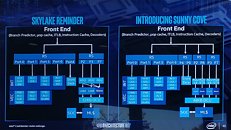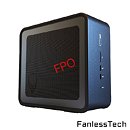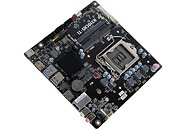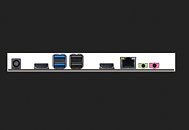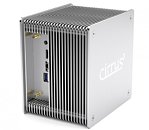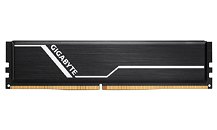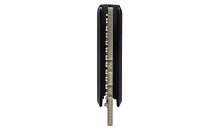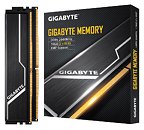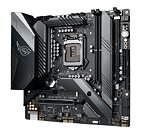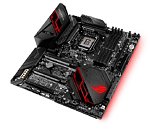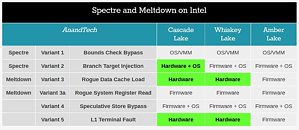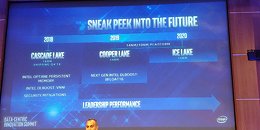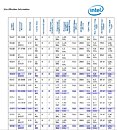
Intel Expands its 9th Gen. Core Desktop Processor Lineup with Core i5-9400 and i5-9400F
Intel today expanded its 9th generation Core "Coffee Lake Refresh" socket LGA1151 desktop processor lineup with six new SKUs. The first of these will begin rolling out in stores toward the end of January 2019. These include the Core i5-9400 6-core/6-thread processor clocked at 2.90 GHz with 4.10 GHz Turbo Boost, and 9 MB of shared L3 cache. The company is yet to list out model names of its other five models, although these are expected to include Core i3-9350KF, Core i5-9600KF, Core i7-9700KF, and Core i9-9900KF, besides a possible Core i3-9300. The "KF" SKUs are targeted at the DIY channel and the gaming pre-built ODM market, and are expected to lack integrated graphics.
Update: Intel also revealed its Core i5-9400F processor, which has the same specifications as the i5-9400, with the exception of no iGPU. Intel's own list price for this chip is USD $182.
Update: Intel also revealed its Core i5-9400F processor, which has the same specifications as the i5-9400, with the exception of no iGPU. Intel's own list price for this chip is USD $182.













